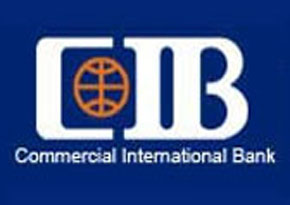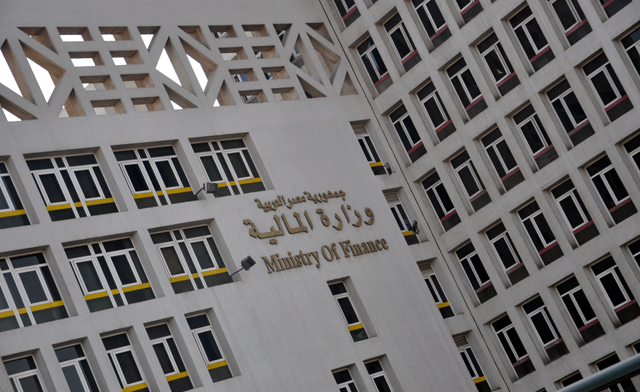The total worldwide spending on chocolate in 2015 came in at $101bn, according to Statista.
The world spending on chocolate exceeds the total Egyptian government’s spending during the same year, which amounted $96bn, according to the Egyptian Ministry of Finance.
Egypt has imported chocolate from Israel at around $45,000 in 2015, and Israel’s total chocolate income is about $10m annually.
After the flotation of the Egyptian pound in November 2016, chocolate prices have hiked significantly, so many people have given up buying chocolate.
In early March, a man was accused of stealing a piece of chocolate from a supermarket for his son, and was referred to court.
The man said that he was walking with his four-year-old son on a street and saw children eating a piece of chocolate. The son asked him to buy him one like it, and the father entered the supermarket and pretended to be shopping. He put a piece of chocolate in his pocket to get out and give to his son, but he was caught on the shop’s cameras, and the workers handed him over to the police.
The United Arab Emirates (UAE) and Saudi Arabia are leading the annual spending list for chocolate products in the region, according to data from Euromonitor.
Both countries recorded an annual spending per capita of $38 and $31 respectively, well above the $4 per capita average in the Middle East and Africa.
Saudi Arabia is one of the largest chocolate markets in the Middle East, with an annual consumption of SR 500m ($133m).
Swiss people spend the most money on chocolate: $225.3 per capita annually. Norwegians spend more than $200, and spending exceeds $100 in eight other countries. French people spend $96 on chocolate, and Americans spend $55.7.
La Madeline au Truffe is the most expensive chocolate in the world, selling at around $2,600 (£2,020) per pound or $250 (£194) per piece, according to Metro.




